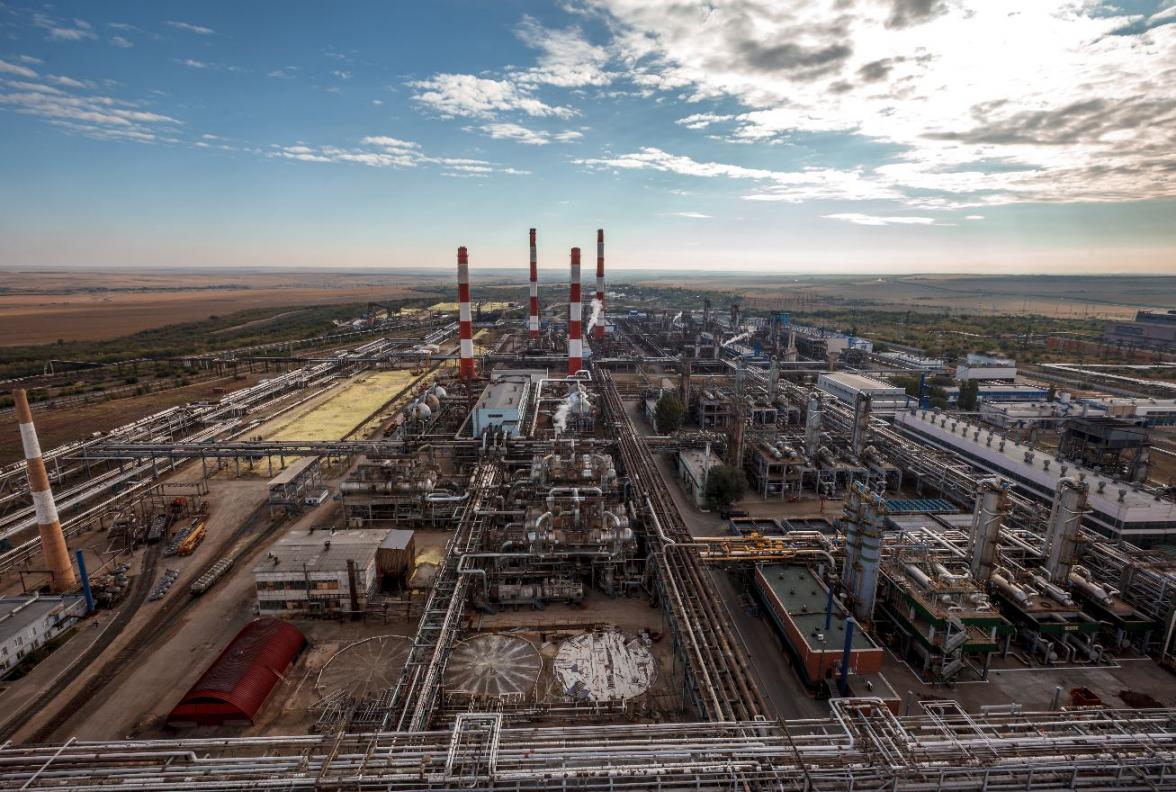Senior Iranian energy officials discussed the challenges and future trends in the global gas market and outlined the domestic gas priorities in a conference in Tehran late Wednesday.
Exporting gas to regional countries is high on the National Iranian Gas Company's agenda, NIGC's director for international affairs said.
"Notwithstanding Iran's large natural gas reservoirs, it is not a key player in gas export yet," Azizollah Ramezani was quoted as saying by Shana. He said Iran should ramp up gas exports to international markets using state-of-the-art technologies, as it is lagging behind Middle East producers in terms of extraction.
Referring to oil price sliding to new 11-year lows, the official noted that gas export to Europe can also be economically viable as overall prices seem to be reaching the same level. Moreover, India and China can also be profitable markets for Iran's gas.
Pointing to Russia's construction of a 3,000-kilometer gas pipeline to Europe, Ramezani noted that Iran is also capable of implementing similar mega projects.
Expansion of the national gas grid has made the country heavily dependent on natural gas, resulting in significant energy consumption compared to other states.
Criticizing a lack of strategy to curb energy consumption, he said, "The more we consume energy domestically, the more we lose export markets."
Ramezani believes that plans should be made to develop gas industry, as it accounts for 60% of energy resources in Iran.
Export to Saudi Arabia
Mohammad Hossein Adeli, secretary-general of the Gas Exporting Countries Forum, said Tehran can become a major gas supplier to Riyadh in the near future.
"Around 50% of Saudi Arabia's petrochemical production capacity is untapped due to shortage of natural gas … The Saudis will have no way but to import gas from Iran or Qatar to justify their $100 billion investment in the petrochemical sector," he said. Adeli elaborated on challenges facing the gas industry and said the world is still reeling from last decade's economic recession, which undermined investment in natural gas infrastructure.
"Higher energy efficiency has reduced global demand" for natural gas, among other energy sources, he said.
According to the International Energy Agency, improved energy efficiency in buildings, industrial processes and transportation could reduce the world's energy needs in 2050 by one-third.
The rise in US shale gas production is also adding pressure on a crowded market. From a major importer of natural gas, the US has transformed into a gas exporter by implementing advanced technologies. The country is expected to make its first shale gas shipment in January to Europe. Adeli added that falling crude oil prices are weighing on gas prices. Prices are hovering at their lowest levels in 11 years from a $115-per-barrel high in June 2014.
"In case Iran's position is undermined in the crude market, the gas sector can more than make up for it. Iran can become a major player in the global energy market by developing its gas fields," he said.
Redistribution of natural gas poses another challenge to the market, according to the GECF chief. Spain, for instance, imports natural gas more than its demand and supplies its surplus stocks. China, Japan and Singapore, among others, are planning to implement a similar mechanism for gas redistribution. Adeli said geopolitical tensions can dramatically change the supply and demand dynamics for natural gas, pointing to Russia and Ukraine's standoff over Crimea's annexation that prompted the European Union to cut dependence on Russian supply.
"Iran can turn into a global energy trade zone, given its special geopolitical position and massive hydrocarbon reserves," he said.
Future Demand
Adeli predicted a generally positive future for the gas industry, anticipating a rise in global energy demand over the next three decades as the world population is expected to grow by 8%, or 1.7 billion, by 2040.
The world's urban population is also expected to increase from 54% in 2014 to 64% in 2040. Energy consumption will increase from 13.7 billion tons equivalent of barrels of oil in 2014 to around 18 billion tons in 2040. The Middle East is predicted to experience the biggest rise in demand (64%) followed by Africa (54%) and Asia (50%).
He projected that fossil fuels will supply around 80% of the world's energy demand by 2040. Total probable gas reserves in the world are estimated to reach 492 trillion cubic meters, with proven reserves at around 200 tcm. The official also pointed to the excessive gas consumption in major gas producing countries.
"Around 70% of global gas output are consumed by producers and only 30% are exported," he said. "Domestic consumption will soar to 3.6 tcm in 2040 from 2.5 tcm a year in 2015, and exports will improve from 1.1 tcm per year to 1.8 trillion" in the same period.
In a major international conference in Tehran in November, Iranian President Hassan Rouhani declared that the country's gas production capacity will top 1 billion cubic meters per day in two years and will reach 1.2 bcm/d by 2020.
GECF members together control over 70% of the world’s natural gas reserves. According to BP Statistical Review of World Energy 2015, Iran (34 tcm) and Russia (32.6 tcm) hold the largest proven gas reserves in the world.


